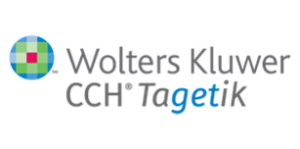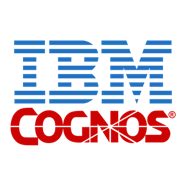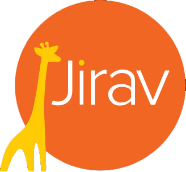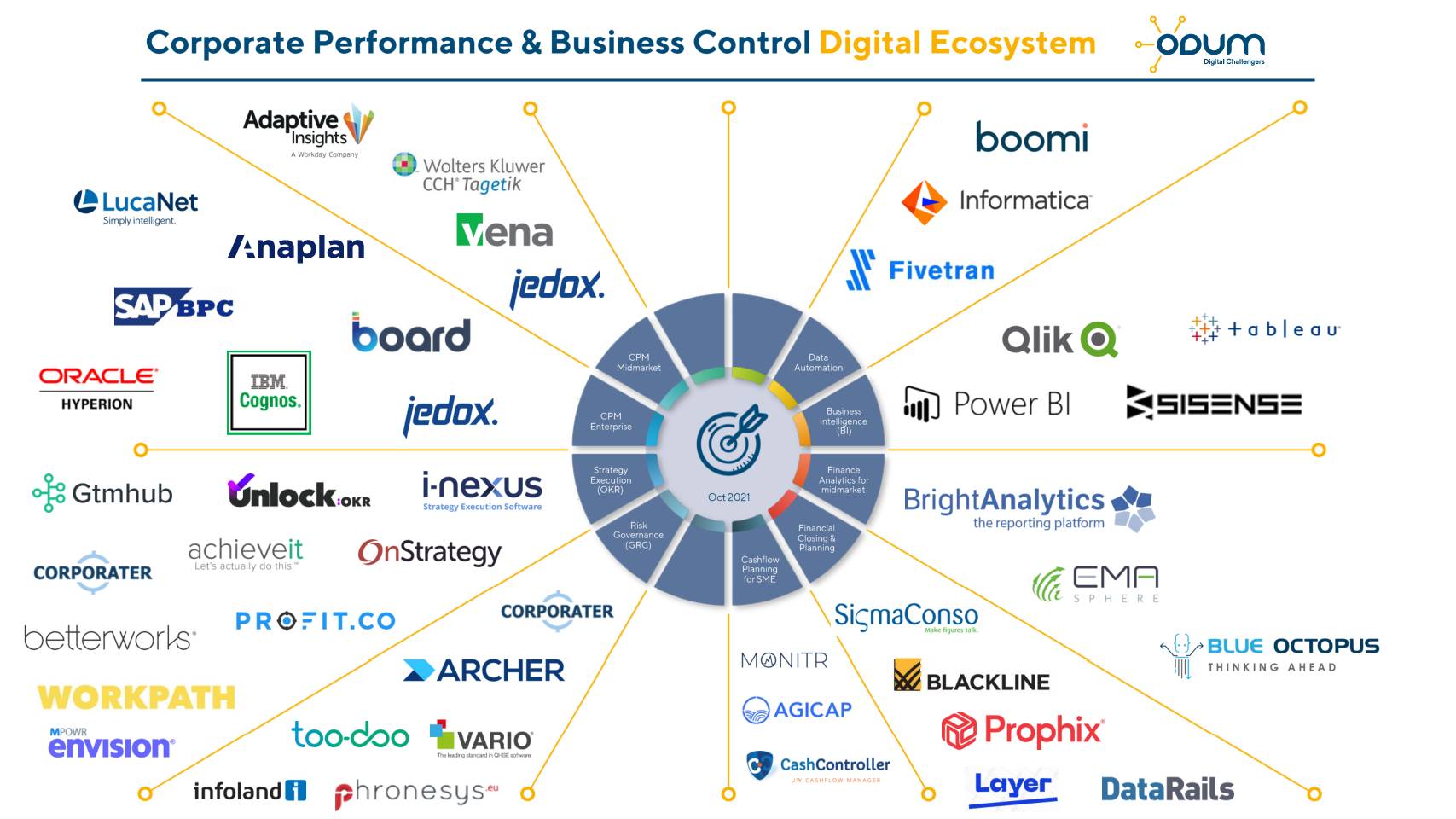Relevancy:
- Are you tired to work with several different Excels to prepare your budget or compare it with the actuals?
- Are you tired to ask your colleagues again and again to complete the budget Excel on time and correctly?
- Are you tired to work with a lot of different (BI) reports?
- Are you tired to consolidate all the different Excels and (BI) reports manually?
- Do you waste a lot of time on all of the above?
Well, CPM might be the solution you are looking for. CPM is no longer a solution only relevant for the big corporate companies. A solution is available for each size on the market.
Contact us if you would like to know more about CPM and are looking for a solution that fits your needs.
The goal of this market study is to demystify:
- What is a CPM solution
- Why should you use a CPM solution
- What are the main differences
With this market study, we want to inspire you whilst providing the necessary support and knowledge to select the CPM solution that matches your needs.
1. What is a CPM solution?
CPM (Corporate Performance Management) solutions are known under different names:
- EPM: Enterprise Performance Management
- BPM: Business Performance Management
- FP&A: Financial Planning & Analysis
- XP&A: Extended Planning & Analysis
The last two focus on 2 specific foundation blocks of a CPM solution - this is clarified in the market study.
We noticed that a typical CPM solution consists out of following foundation blocks:
- Budget & planning
- Scenario & modelling
- Management reporting (not statutory)
- Management consolidation (not statutory)
- Strategic management
These are supplemented with functions such as workflow automation and collaboration.
Each foundation block is explained with an example, terminology and real use case.
We conclude that CPM is not a strategy or methodology, but rather a compilation of tools and solutions.
2. Why should you use a CPM solution?
Once we know what a CPM solution is and does, we will jump to the why.
We believe it is essential to adopt real time planning - and this is one of the strengths of a CPM solution. While previously we would periodically prepare the budget and compare it with the actuals, we shift to continuous planning.
No longer waste time with the collection of data and the execution of complex formulas in Excel.
Data is automatically retrieved and enriched whilst frequently consulted and updated based on the actuals.
3. What are the main differences?
To compare correctly, we divided the solutions on 3 levels (excluding the underlying features):
- Focus: are we talking about a CPM, Consolidation, BI or P&A focused solution?
- Generation: are we talking about a first, second or third generation solution?
- Type: are we talking about a plug & play, accelerator or toolbox solution?
Once we are able to compare "apples with apples", we lay out the solutions on matrixes and compare them based on the (i) focus, (ii) generation and (iii) business vs expert driven. To allow easy comparison, we also provide a total overview. The study provides the necessary guidance to create a shortlist.






























